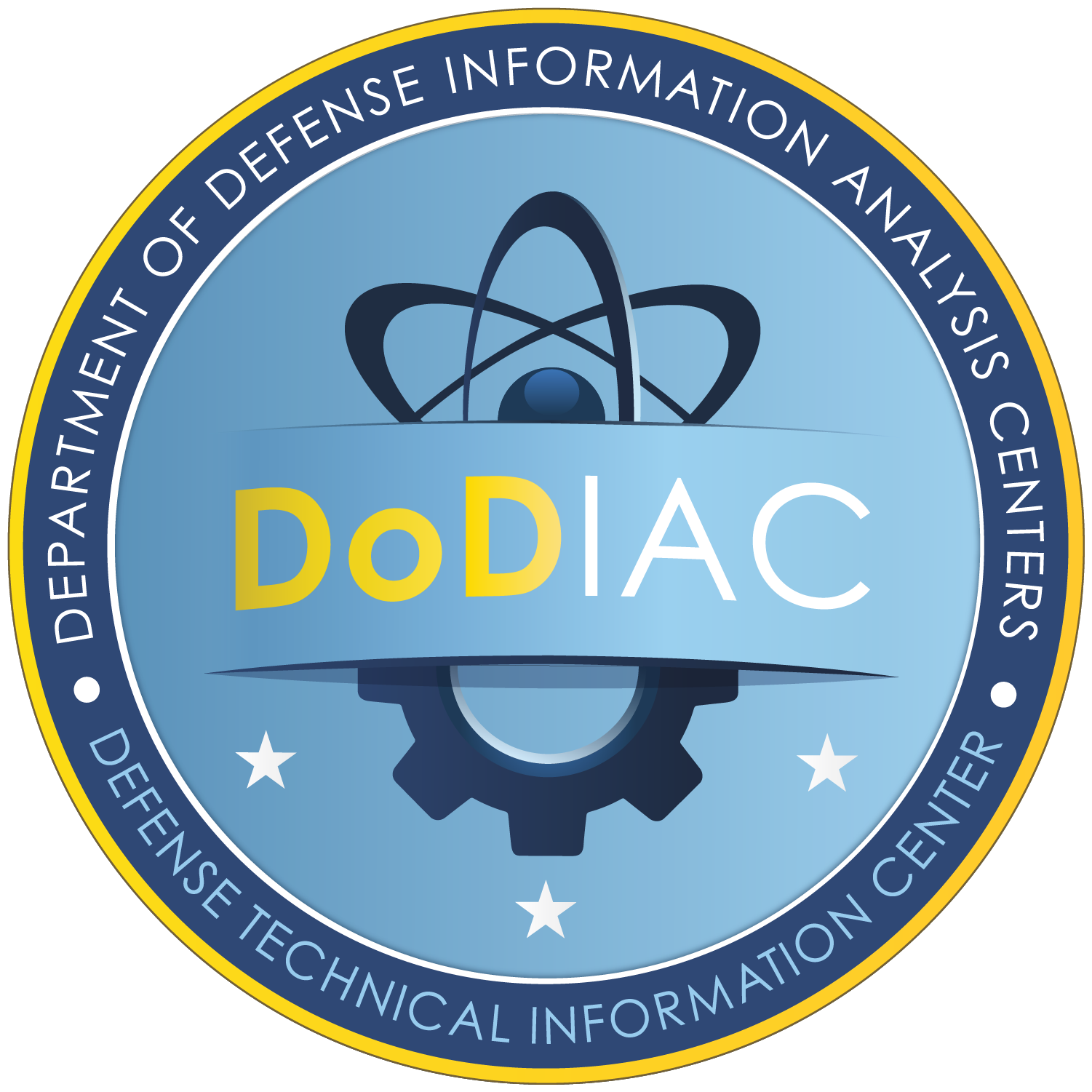Volume 7, Issue 1 of the HDIAC Journal contains articles covering several of HDIAC’s eight technical focus areas (TFAs), including Homeland Defense and Security, Alternative Energy, Weapons of Mass Destruction, Biometrics, and Critical Infrastructure Protection. The first article’s topic is on solar photovoltaic technologies and how their use can contribute to meeting the Operational Energy requirements of the Department of Defense. In the second article, the author provides a timely review of New START, set to expire in less than a year, including the treaty’s limits on the number of nuclear weapons the United States and Russia can have. In the third article, the authors discuss their research into the use of a unique human ability, known as super recognition, to perform facial recognition tasks for security and law enforcement purposes that automation systems can have difficulty in performing. The fourth article looks at the automation spectrum and how understanding it serves as a necessary foundation for developing an artificial intelligence strategy. Our Spring issue concludes with a two-article series on the engineering and development of a critical infrastructure cyber defense capability that builds on the concepts demonstrated as part of the More Situational Awareness for Industrial Control Systems (MOSAICS) Joint Capability Technology Demonstration (JCTD).


